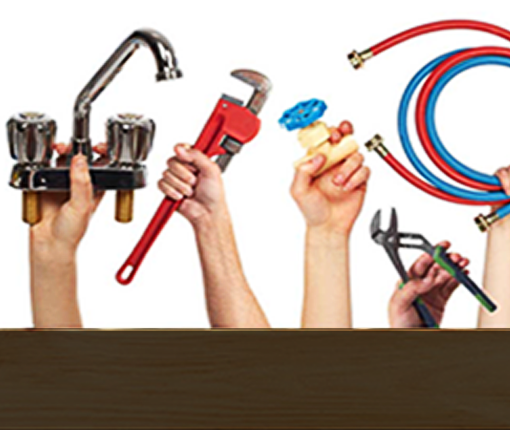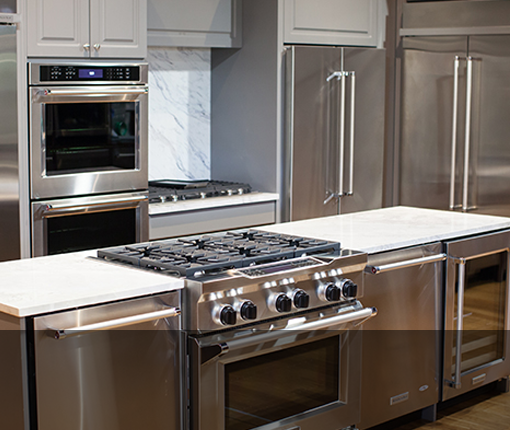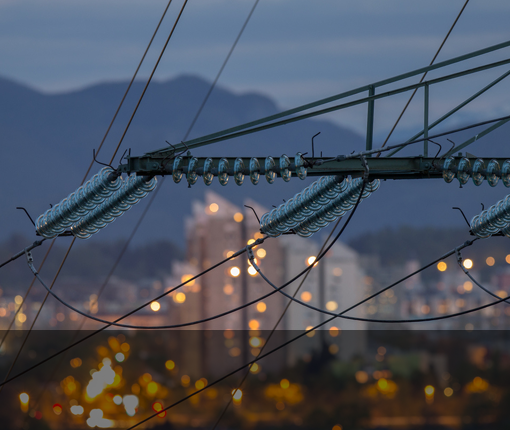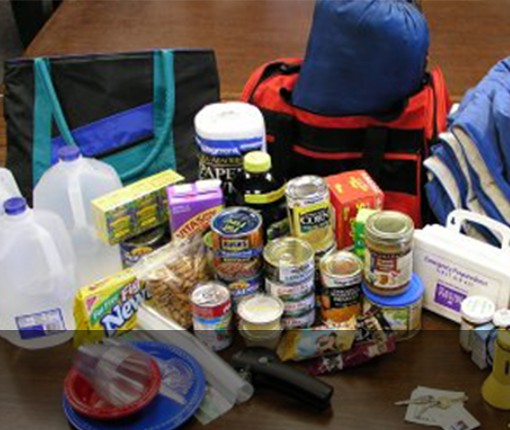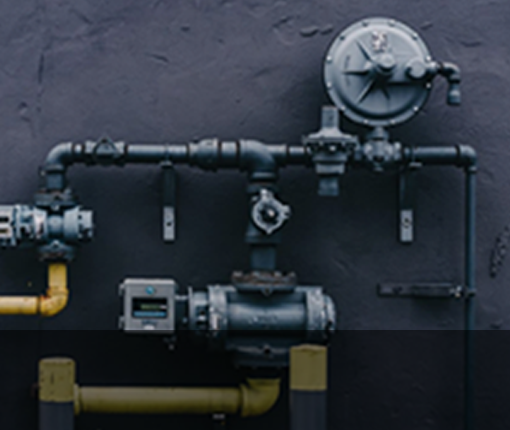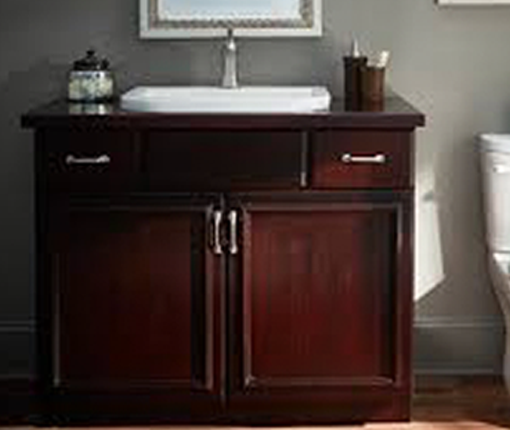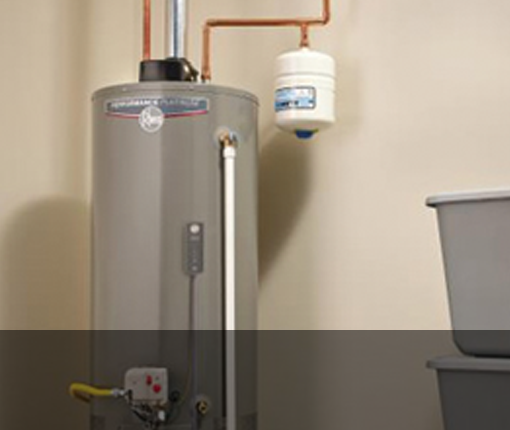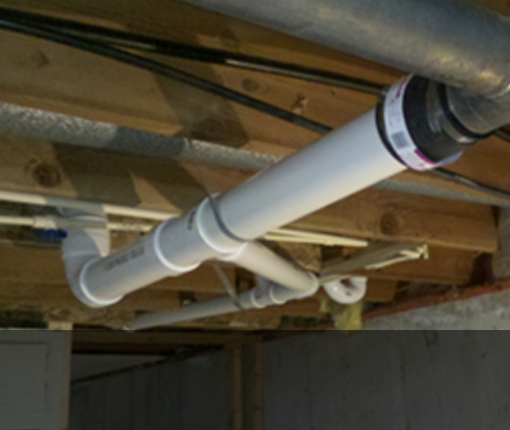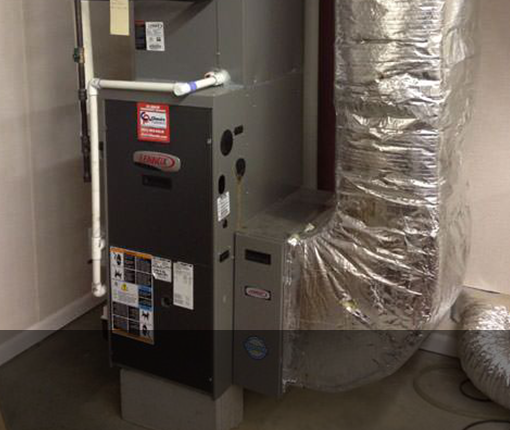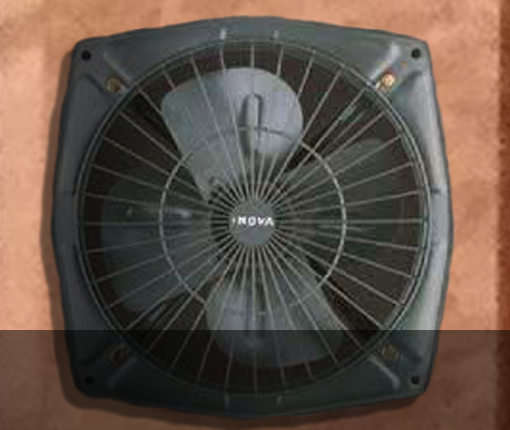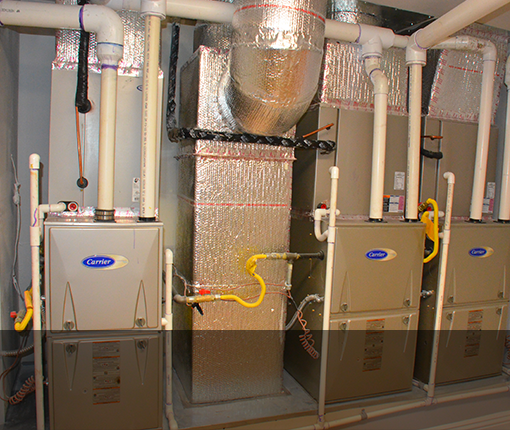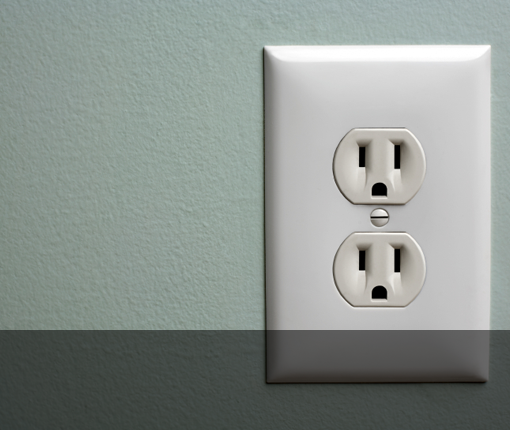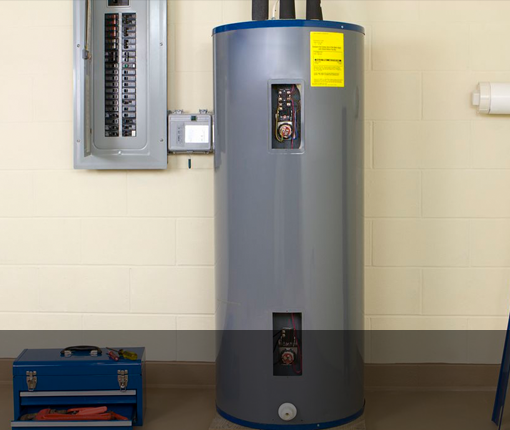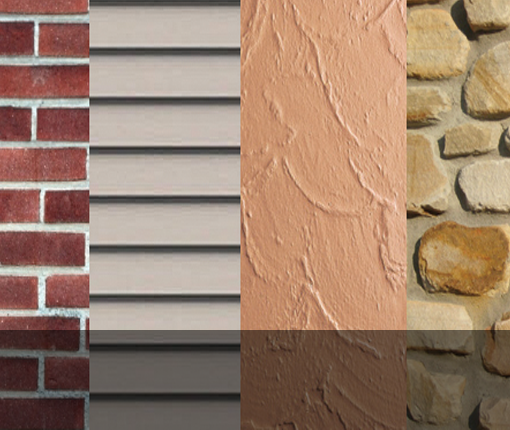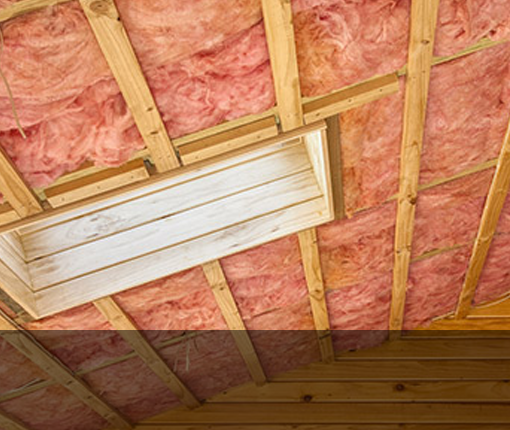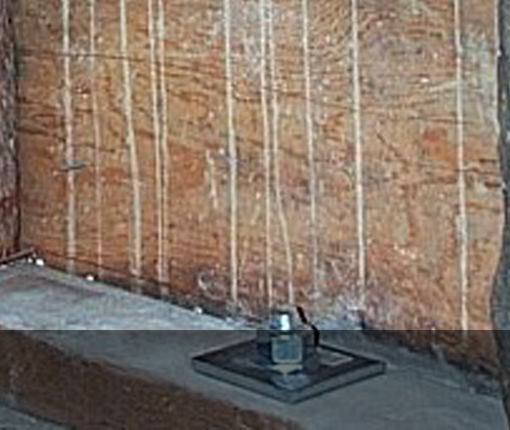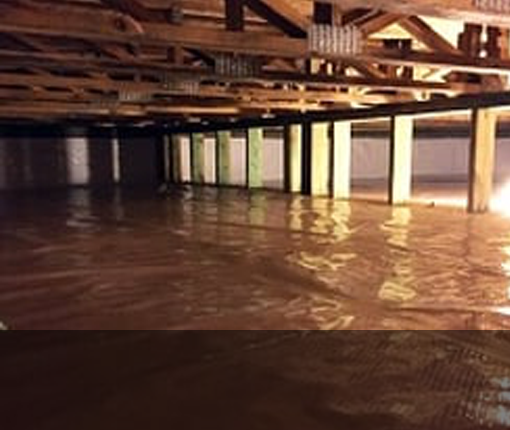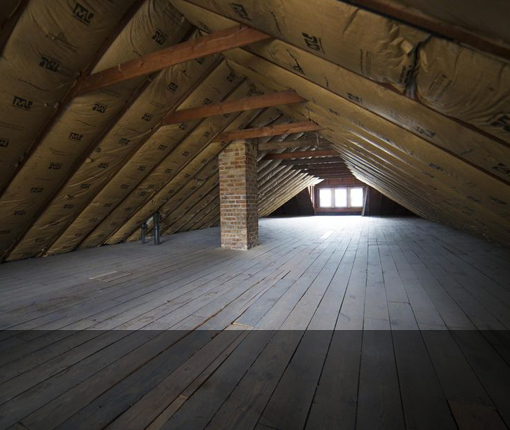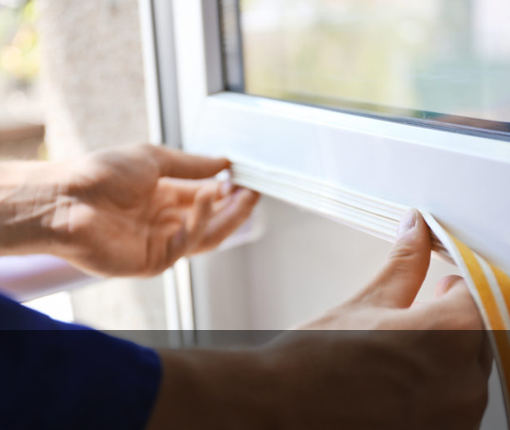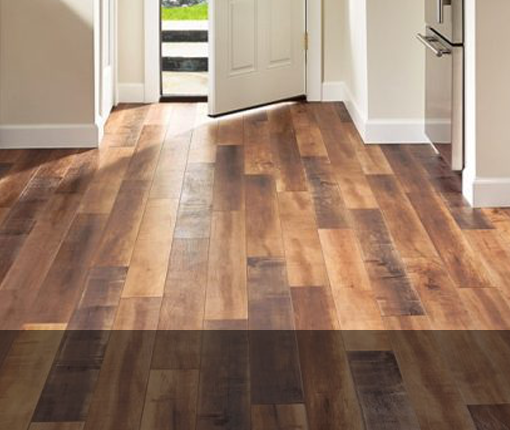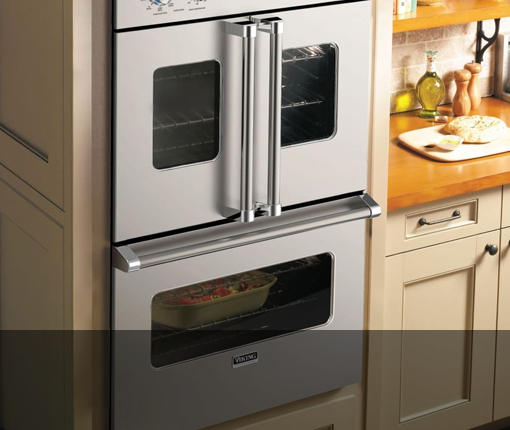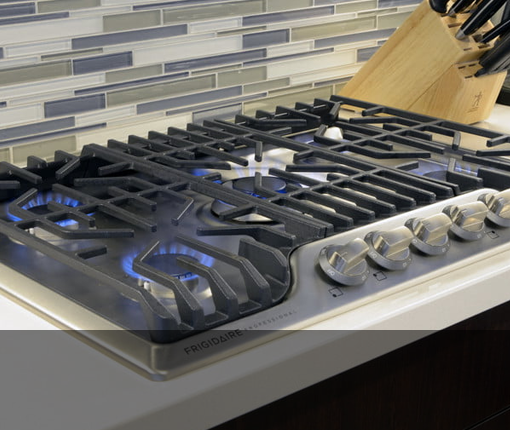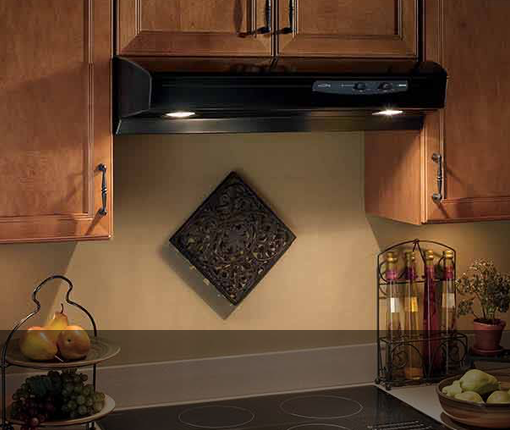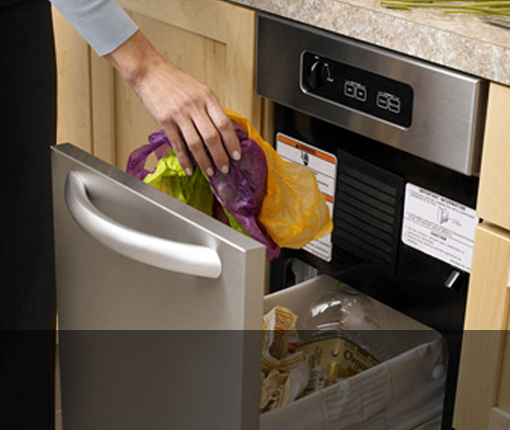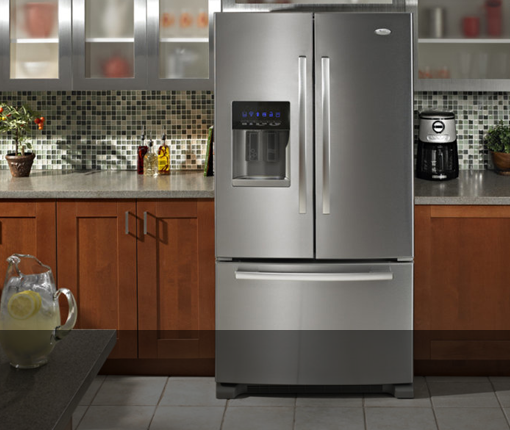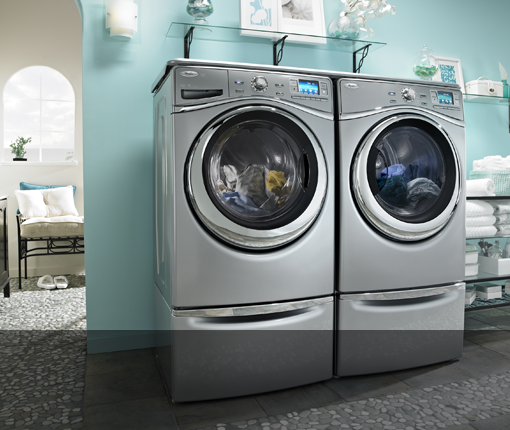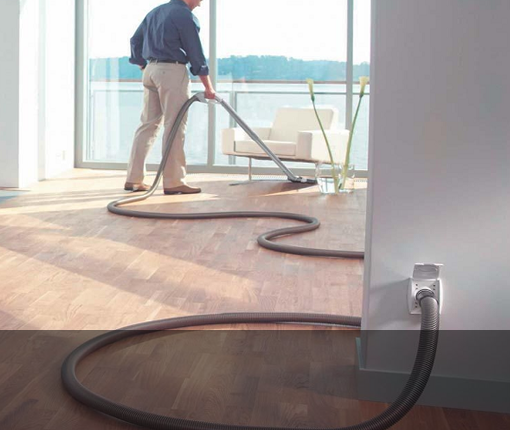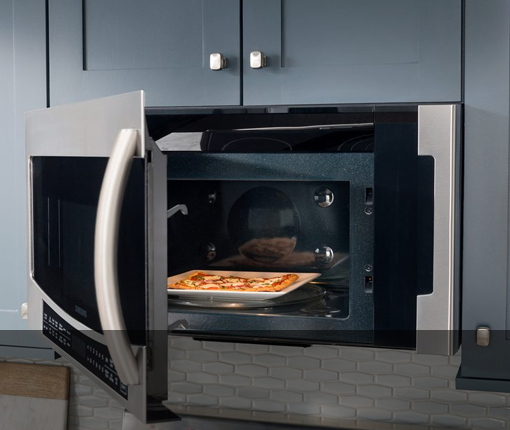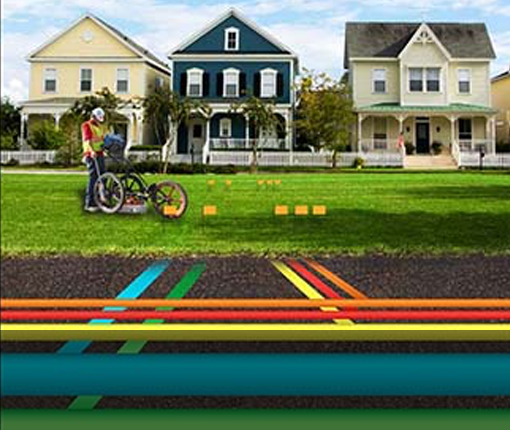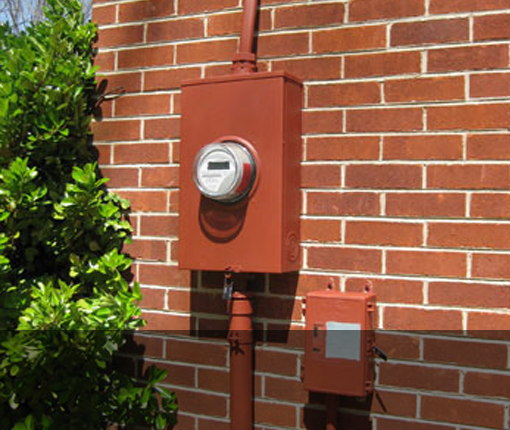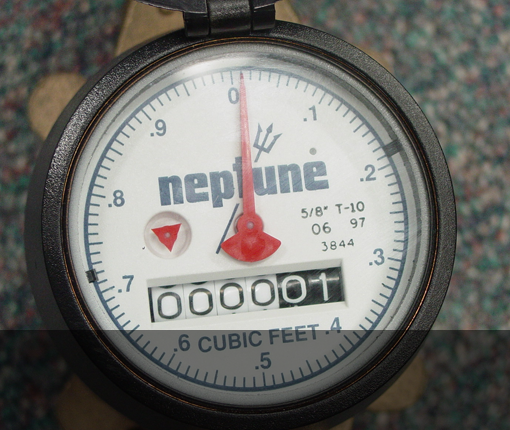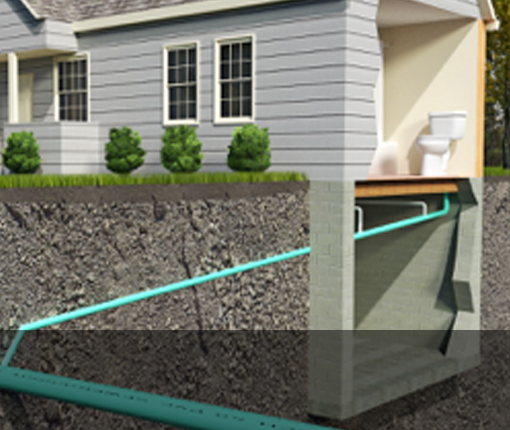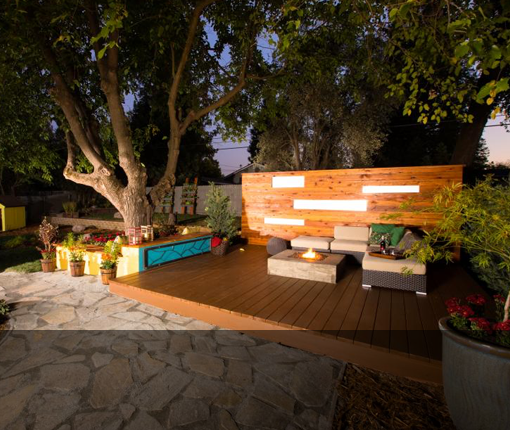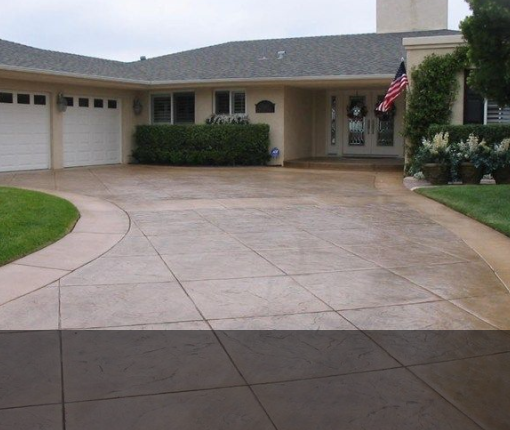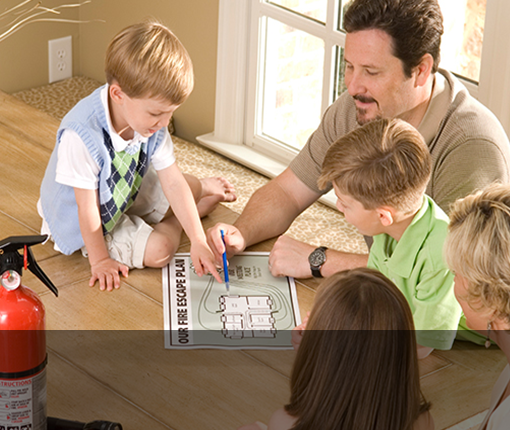Cooling and Air Conditioning
In parts of the country with oppressive heat and humidity, cooling and air conditioning are more for life support than luxury. Even in areas with moderately hot seasons, air conditioning your home can greatly improve your life. Used improperly though, it can also waste energy and cause you frustration.
The A/C system
The efficient operation of your air conditioning “system” relies on other parts of the home’s infrastructure. For instance walls, insulation, flooring, blinds, and windows are all needed to create a “conditioned” space. The system conditions the air by continually recycling, cooling and dehumidifying it. The system continues until the correct temperature is reached. Any warm air seeping in from outside disrupts the system and makes cooling more difficult.
To assist the effectiveness of the system, keep all windows and blinds closed during the day time hours to prevent heat from the sun shining through windows. Open up the windows only when the outside air is cool.
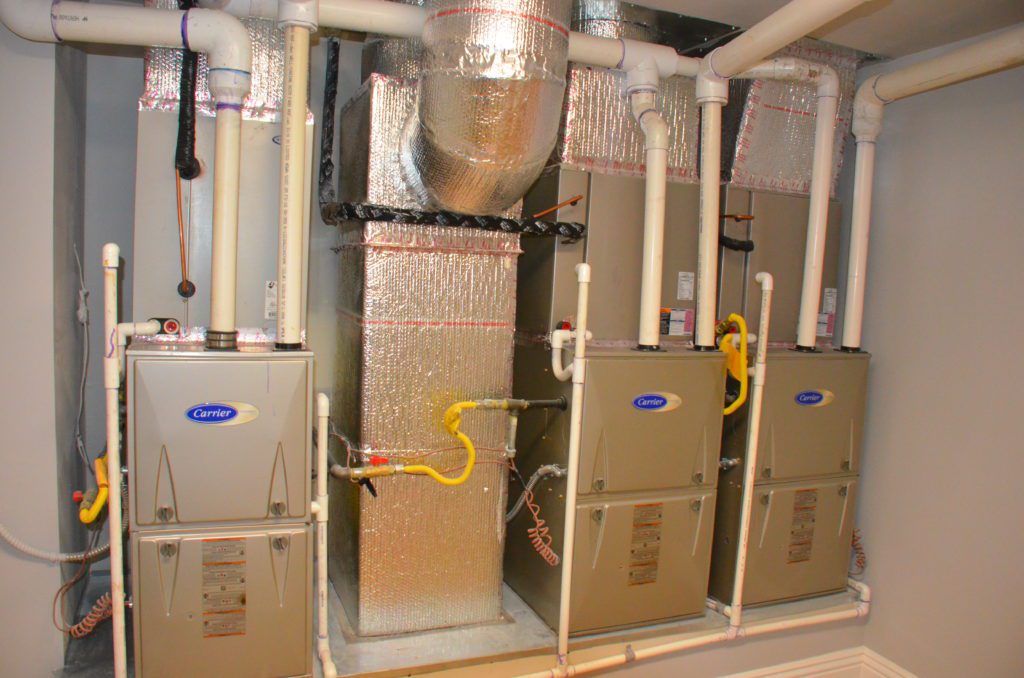
How it works
Warm air in the home passes through a cold screen (a coil) in the furnace. An air handler then blows this chilled air into the duct system and off to the various rooms. Refrigerant fluid in the coil keeps it cold.
That devil condensation again
Because the coil is cold, any air coming in contact with it will reach its dew point and condense. This condensation is caught in a pan at the bottom of the coil enclosure and is directed by drain pipes to the outside. There is normally a main drain pipe as well as an overflow pipe in case the main pipe clogs up. This overflow pipe terminates in an obvious place (like over a door or window) in order to attract attention in the event that it starts to drip. Most homeowners do not know this.
The dripping overflow alarm
A dripping overflow means there is trouble and you better check it out! I have heard dozens of sad stories about folks (including contractors that should know better) who misread the signs. Thinking the dripping water is a nuisance embark in plugging, diverting or even cover it up. These stories do not have happy endings.
This is why labeling the overflow pipe terminations is so important.
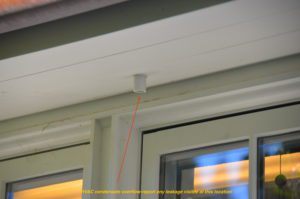
Also, many air conditioning condensate drain systems have been improperly plumbed to begin with. It is important to inspect them and make sure they are correct. This is especially important for attic systems over a living space.
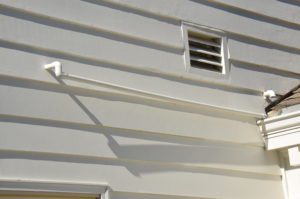
To-Do
- Have a trial run early in the spring to test the Air Conditioning system. If service is needed, it is much better to discover that before the cooling season.
- An air conditioning system works best and most efficiently if the home is kept at or close to the desired temperature all the time during the hottest times of the year. The reason is this, if the interior of the home is allowed to heat up, then the air conditioning system will have to overcome all of the stored heat in walls, floors, carpets and furniture as well as cooling the air. This takes substantially more time and energy than just keeping everything cool all the time.
- Identify and locate the air conditioner condensate overflow pipe so you know where it is.
- The HVAC contractor that installed your equipment will likely offer a yearly maintenance contract.
- Since the air conditioning system is normally combined with the heating system, follow the maintenance instructions that came with your furnace.
- If a humidifier is installed on the furnace system, turn it off when you use the air conditioning; otherwise, the additional moisture can cause a freeze-up of the cooling system.
Maintenance
- 2x per year: Service for the air conditioner coil includes checking the drain piping to be sure the pan and piping are clean, and none are clogged.
- 1x per year: The external compressor must remain level at all times and the vanes and interior fan bay should be cleaned annually. Cut back any vegetation and clear and blocking leaves away from the unit.
- 1x per 3 years: Have the refrigerant level in the system checked by a specialist in the event that the cooling capacity of the system ever seems to be diminished.
- Expectations: The air conditioning system should be able to maintain a temperature of 70 -74 degrees F or a differential of 25 degrees from the outside temperature, measured in the center of each room at a height of five feet above the floor. For the average home, this may be more difficult for the system to achieve as outside temperatures move above 100F.




